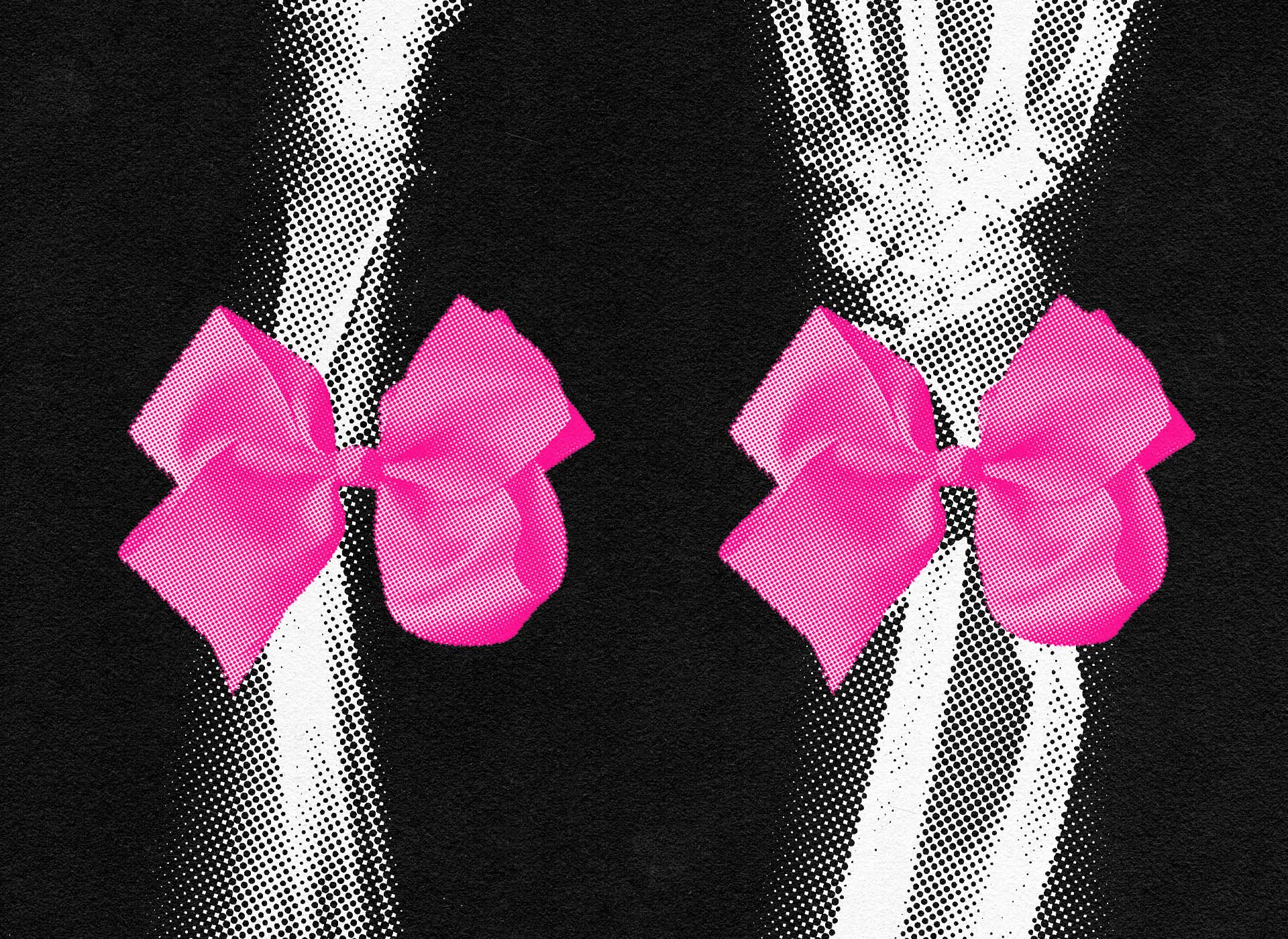
Tales from the ER #12
Grrl Boss
“How long until I can play football again?”
“One step at a time - let’s get your forearm bones straight and in the right spot first. Then we can ask the orthopedic surgeon how long he thinks you’ll have to wait to play again.”
I was treating a very nice young man who broke both his radius and ulna playing football for the local college. I had given him pain medication and paged the orthopedic resident on call. In anticipation of the the need to reduce the fracture, I had already suspended the patient’s broken arm from the medieval-looking “Chinese finger traps.”

When both forearm bones are broken it can be difficult to maneuver them back in place. But under the hands of a skilled orthopedic surgeon, it can be done under sedation in the ER, without the need for surgery under general anesthesia. Part of an orthopedic surgeon’s skill set is strength. Anyone who has seen an “orthopod” straighten a horribly broken bone or replace a hip knows that orthopedics is more of an athletic endeavor than an intellectual exercise. Given the large forearms of this football player, with muscles already spasming from the injury, I was hoping the on call ortho resident would be an uber-jock.
Instead, a woman who was about the size of a child gymnast appeared.
“Hi, I’m on call for ortho - oh, thanks for putting him in the finger traps!”
I held my tongue, but discreetly lowered the patient’s hospital bed, trying to match her petite height. I got the patient ready for sedation, drawing up ketamine and telling his girlfriend, a field hockey player, to wait outside until the procedure was over. I had joking second thoughts about asking her to stay and assist the female ortho resident.
I pushed the ketamine and the patient sighed, his eyes dancing back and forth horizontally - the telltale sign that ketamine has taken effect. I told ortho to start pulling.
What ensued would’ve been funny if life were an episode of “Scrubs,” or if it didn’t involve an actual person undergoing a painful procedure. The tiny ortho resident grunted and grimaced as she tugged on the patient’s arm. She hung extra weights over his elbow to try and help straighten the bones. At one point both her feet were off the floor for added weight and I wondered if she was going to climb up his arm like a monkey climbs a tree.
The patient began to moan in pain, so I pushed another dose of ketamine.
“Hey, do you need help?”
She stared viciously at me, only stopping to blink when the sweat pooling on her forehead dropped into her eyes. Her mascara started to run.
“This is a really unstable type of fracture.”
No shit. I gave the patient midazolam, a benzodiazepine, to try and get his muscles to relax. I don’t like mixing ketamine with other drugs, but at this point it was worth the risk.
After nearly an hour of this my supervising attending physician popped in.
“Everything going OK in here? You’ve got another sedation after this - burn patient who needs debridement.”
The ortho resident looked exhausted. She turned to my attending.
“I’m going to have to talk with my senior and attending. This is really unstable. I think we’re going to have to go to the OR for pinning.”
My attending nodded. He was all about efficiency metrics and length-of-stay times. This patient had already been in the ER for 4 hours, so sending him to the OR would “stop the clock” and keep the length-of-stay down. He turned to me:
“Alright - put him in the recovery room. Of course take him out of those medieval traps first. I’ll wheel in your next sedation.”
The football player went off to the OR for general anesthesia and metal pins drilled into his bones. After I had more experience I realized that his type of fracture, while not easy to reduce, can be managed by someone with actual strength and willpower. I regret to this day not taking over and trying to reduce the fracture myself, or at the very least calling the ortho attending to tell him what was really going on.
